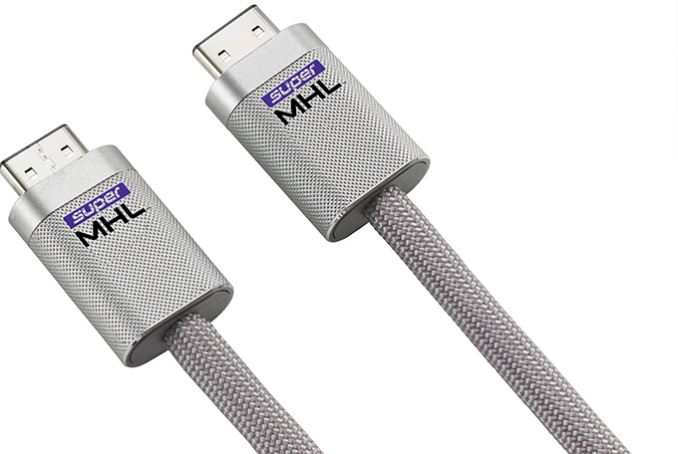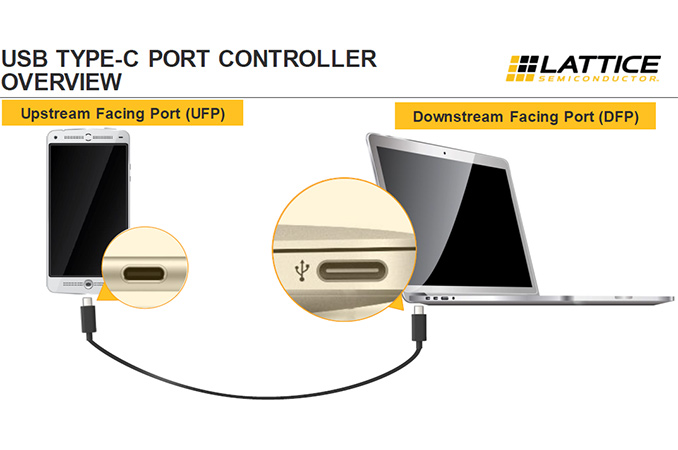Mobile High-Definition Link (MHL) was first introduced in 2010, allowing phones to output high resolution (720p) video and audio to displays like TVs and monitors while being charged at the same time. Despite updates that have kept it relevant, bringing faster charging speeds and higher resolutions, its successor is already waiting in the wings.
It’s called SuperMHL, and it was first announced at CES in January this year. This week, two semiconductor companies, Lattice and MediaTek, announced the latest chapter in the continuing saga: a collaborative effort to produce reference smartphones capable of 4K video output using the recent USB-C connector. Before we look at their announcement, let’s do a quick recap of SuperMHL.
SuperMHL: 8K video, 40W power & new connector
SuperMHL has two advantages over its predecessors. First, it has an improved protocol, with double the amount of bandwidth available over a single lane. This allows for 4K video at 60 fps; MHL 3.0 is only capable of 4K video at 30 fps. The protocol also adds support for new video standards, including 10-, 12- and 16-bit colour and wider gamuts. SuperMHL also includes up to 40W of power transmission, enabling faster charging of connected devices.
Secondly, SuperMHL introduces a new self-titled cable and connector. The SuperMHL connector has 32 pins packed into the space of a standard 19-pin HDMI cable. This allows for six MHL lanes, in turn providing support for up to 8K / 60 fps video over a three metre passive (unpowered) cable. In this way, SuperMHL will be a replacement for HDMI 2.0, which is limited to 4K at 60fps. The cable and connector will only be required for 8K TVs at first, so we don’t have to worry about it (yet) when it comes to smartphones.
Lattice’s reference smartphone: SuperMHL over USB-C
Now, back to Lattice and MediaTek’s recent announcement. They’re planning to make smartphones that show off the possibilities of a SuperMHL cable with a USB-C connector, attached to a smartphone running MediaTek’s Helios X20 octa-core processor. The other end of the cable could be HDMI (to connect to a TV), a mains adapter (for charging) or a dock (which could include multiple USB ports, HDMI-out and charging).
The reference phones with this functionality are capable of some pretty cool things. 4K video at 60 fps is possible (like we saw on Analogix’s chip), as are transfers at 10Gb/s or up to 100W of power delivery. It’s even possible for MHL video output and USB 3.1 data transfer to take place simultaneously, which could come in handy for a desktop-style dock with multiple connected peripherals. It’ll definitely make it easier to connect your phone to your TV, if both support the SuperMHL standard.
All of this depends on high-quality, standard-compliant cables. There were plenty of reports of sub-par cables when the USB-C MacBook and Nexus phones first launched, which lacked proper conductors and offered risky rapid charging. Cheap, badly-made cables would also fail to transmit 4K video (among other issues). You can see how we test our cables here.
Wrapping up
SuperMHL looks like a promising standard, and thanks to clever companies we should be able to reap the benefits of 4K/60 fps output, fast charging and high data transfer speeds. We’ll keep you up to date as the first products using the standard come to market – Hopefully we’ll see SuperMHL adopted as a standard for smartphones, tablets and TVs before too long!
Source: Lattice. Via: Anandtech (1), (2).

